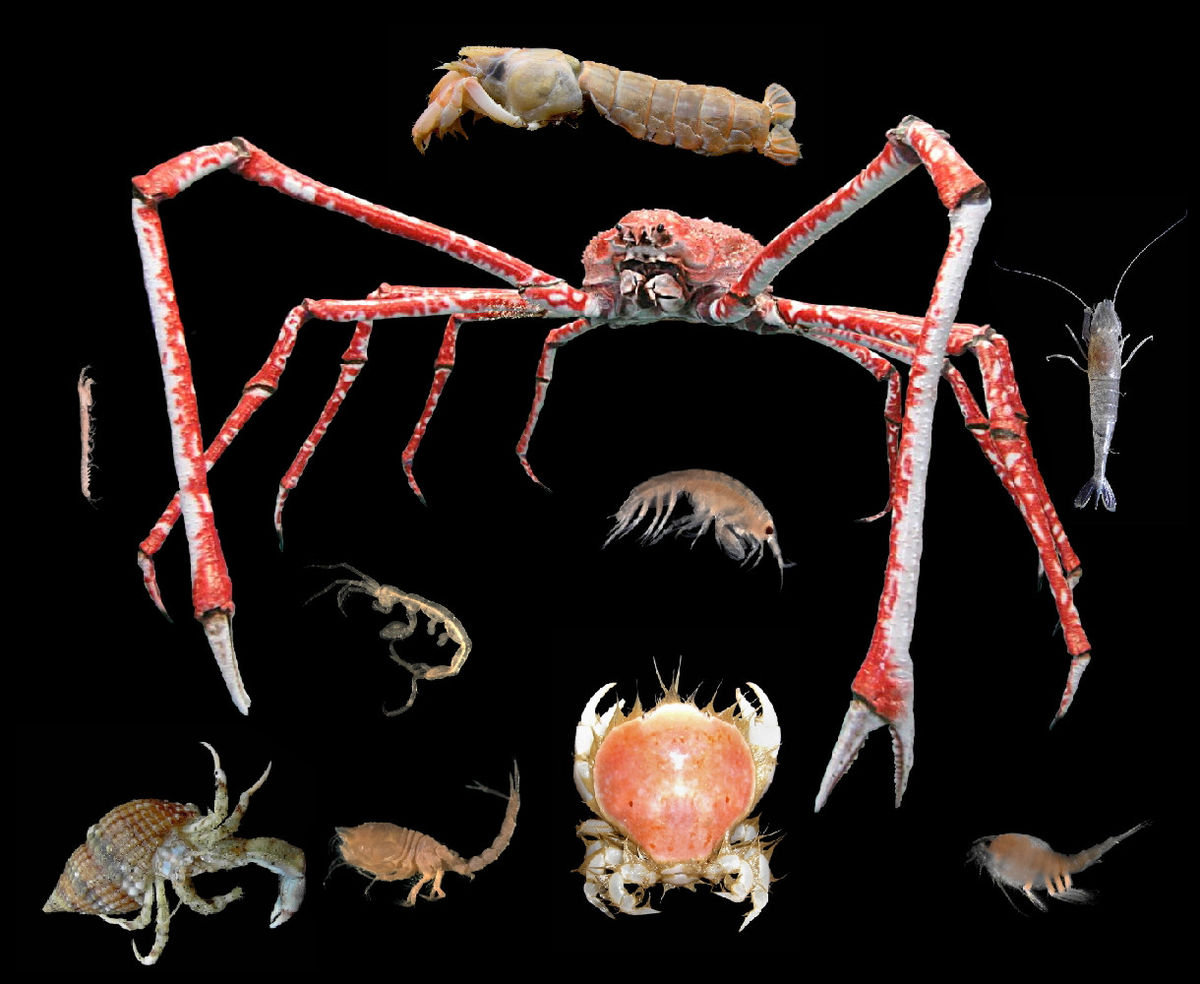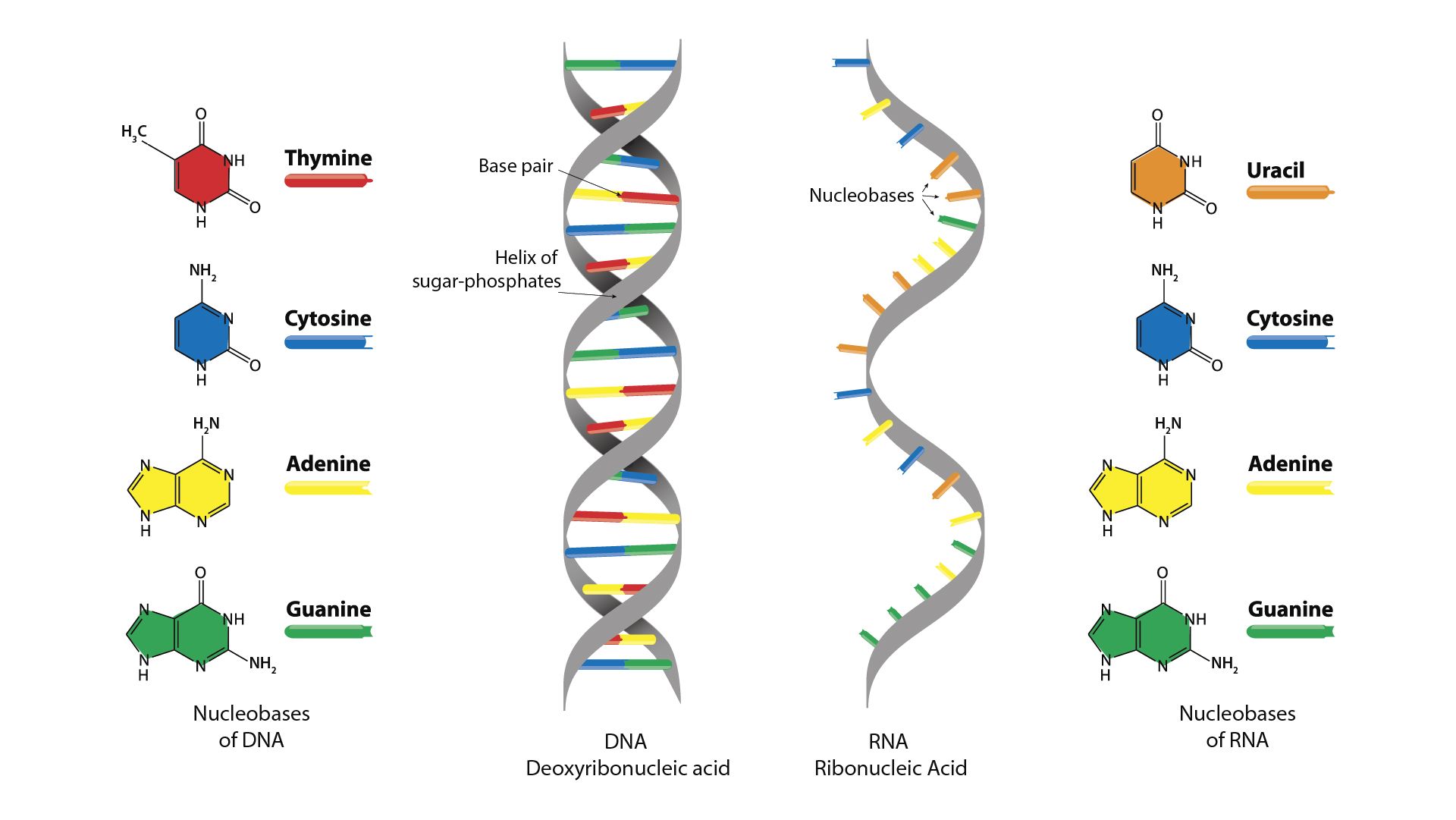
Crustaceans are a fascinating group of animals that make up a significant portion of the animal kingdom. From lobsters and crabs to shrimps and barnacles, crustaceans come in a wide variety of shapes and sizes. These unique creatures are found in a range of habitats, from the depths of the ocean to freshwater rivers and even damp forest floors.
In this article, we will delve into 15 intriguing facts about crustaceans that will leave you amazed at the diversity and complexity of these animals. From their incredible adaptations to their important ecological roles, crustaceans have captured the interest and curiosity of scientists and nature enthusiasts alike. So, get ready to embark on a journey of discovery as we uncover the wonders of the crustacean world!
Key Takeaways:
- Crustaceans, like lobsters and krill, play vital roles in the ecosystem as food sources and cleaners, showcasing their diverse adaptations and behaviors.
- From the powerful punch of the mantis shrimp to the delicious seafood they provide, crustaceans offer a fascinating glimpse into the wonders of the animal kingdom.
Crustaceans are a diverse group of arthropods.
With over 67,000 known species, crustaceans come in various shapes and sizes, ranging from tiny copepods to large lobsters. They are found in a wide range of habitats, from freshwater lakes and rivers to the depths of the ocean.
Crustaceans have an exoskeleton made of chitin.
Chitin, a hard and flexible substance, forms the protective outer layer of crustaceans. This exoskeleton provides support and protection for their bodies. As they grow, crustaceans molt or shed their old exoskeleton and develop a new one.
Crustaceans have jointed appendages.
One of the defining characteristics of crustaceans is their jointed appendages. These limbs are adapted for various functions, such as walking, swimming, grasping, and feeding. The number and structure of their appendages vary across different species.
Crustaceans play important ecological roles.
Crustaceans contribute to the balance of ecosystems as prey for larger animals and as scavengers that help clean up decaying matter. They also act as filter feeders, consuming microscopic algae and plankton, thus regulating water quality.
Crustaceans have a highly developed sense of touch.
Many crustaceans have specialized sensory organs, including antennae, that allow them to detect changes in their environment. These sensory structures help them locate food, mates, and navigate their surroundings.
Some crustaceans are capable of regenerating lost limbs.
A fascinating ability of many crustaceans is their capacity to regenerate lost appendages. If a limb is damaged or lost due to predation or injury, they can regrow a new one through a process called autotomy.
Crustaceans have complex social behaviors.
Several crustacean species, such as certain crabs and lobsters, exhibit intricate social behaviors. They establish dominance hierarchies, engage in courtship rituals, and communicate with each other using visual displays and chemical signals.
The largest crustacean is the Japanese spider crab.
Reaching a leg span of up to 12 feet, the Japanese spider crab holds the title for the largest crustacean. These incredible creatures inhabit the deep waters around Japan and have a lifespan of around 100 years.
Krill are essential food sources for numerous marine animals.
Krill, small shrimp-like crustaceans, form massive swarms in the oceans and serve as a vital food source for various marine organisms, including whales, seals, and seabirds. They are known for their high nutritional value.
Some crustaceans exhibit bioluminescence.
Certain crustaceans, like the deep-sea species known as “sea fireflies” or “marine fireworms,” are capable of producing light. This bioluminescence serves various purposes, including attracting mates and confusing predators.
Crustaceans have an incredible diversity of reproductive strategies.
Crustaceans employ a wide range of reproductive techniques, including internal fertilization, external fertilization, and even parthenogenesis (reproduction without fertilization). Some species also carry their eggs with them until they hatch.
The mantis shrimp has one of the most powerful punches in the animal kingdom.
The mantis shrimp, despite its small size, possesses some of the fastest and strongest punches of any known animal. Their front appendages can strike with lightning speed, delivering a powerful blow capable of breaking through shells and aquarium glass.
Crayfish exhibit an interesting form of maternal care.
Female crayfish carry their fertilized eggs underneath their tails until they hatch. During this time, they protect and aerate the eggs, ensuring their survival. Once the tiny crayfish hatch, they are released into the water.
Barnacles are crustaceans with a unique lifestyle.
Unlike most crustaceans, barnacles are sessile creatures that attach themselves to surfaces such as rocks, ships, and whale skin. They have a specialized feeding mechanism that involves using appendages to capture plankton as it passes by in the water.
Many crustaceans are important food sources for humans.
From the succulent meat of lobsters to the delicate flavor of shrimp, many crustaceans are prized as delicious seafood. They are widely consumed in various culinary traditions around the world and are a valuable economic resource.
Conclusion
In conclusion, crustaceans are a fascinating group of animals that have adapted to various marine and terrestrial environments. From their diverse range of species to their unique physiological features, crustaceans have managed to capture the interest and curiosity of scientists and nature enthusiasts alike. Whether it’s the impressive size of the Japanese spider crab or the intricate social behaviors of the cleaner shrimp, crustaceans never fail to amaze us with their remarkable attributes.
Through their exoskeletons, complex sensory systems, and ability to regenerate limbs, crustaceans have proven to be resilient creatures that have thrived for millions of years. They play crucial roles in maintaining marine ecosystems, serving as both predators and prey. Moreover, crustaceans also serve as important sources of food for humans, with species like lobsters and shrimps being highly valued in culinary traditions around the world.
Overall, the more we learn about crustaceans, the more we realize how integral they are to the biodiversity of our planet. They are truly remarkable animals that continue to teach us about the wonders of the animal kingdom.
FAQs
1. What are crustaceans?
Crustaceans are a group of arthropods that includes animals like crabs, lobsters, shrimps, and barnacles. They are characterized by their hard exoskeletons and jointed limbs.
2. Where do crustaceans live?
Crustaceans can be found in a variety of habitats. Some live in freshwater bodies like lakes and rivers, while others are marine creatures that reside in oceans or coral reefs. Some species, like land crabs, have even adapted to living in terrestrial environments.
3. How many species of crustaceans are there?
There are over 50,000 known species of crustaceans, and scientists believe that there may be even more that have yet to be discovered.
4. What do crustaceans eat?
The diet of crustaceans varies depending on the species. Many crustaceans are omnivores and feed on a combination of plants and other animals, while some are herbivores or carnivores. Filter-feeding crustaceans, like copepods, feed on tiny marine organisms.
5. Can crustaceans regenerate lost limbs?
Yes, many crustaceans have the remarkable ability to regenerate lost or damaged limbs. This process, known as autotomy, allows them to regrow appendages through a specialized growth zone.
Crustaceans never cease to amaze! From the vibrant colors of corphish to the incredible adaptations of isopods, there's always more to explore. Speaking of incredible adaptations, have you heard about the mind-blowing abilities of mantis shrimp? These fascinating creatures pack a powerful punch that will leave you in awe. So, whether you're curious about the unique features of corphish, the surprising behaviors of isopods, or the extraordinary capabilities of mantis shrimp, our collection of articles has got you covered. Get ready to be captivated by the wonders of the crustacean world!
Was this page helpful?
Our commitment to delivering trustworthy and engaging content is at the heart of what we do. Each fact on our site is contributed by real users like you, bringing a wealth of diverse insights and information. To ensure the highest standards of accuracy and reliability, our dedicated editors meticulously review each submission. This process guarantees that the facts we share are not only fascinating but also credible. Trust in our commitment to quality and authenticity as you explore and learn with us.


